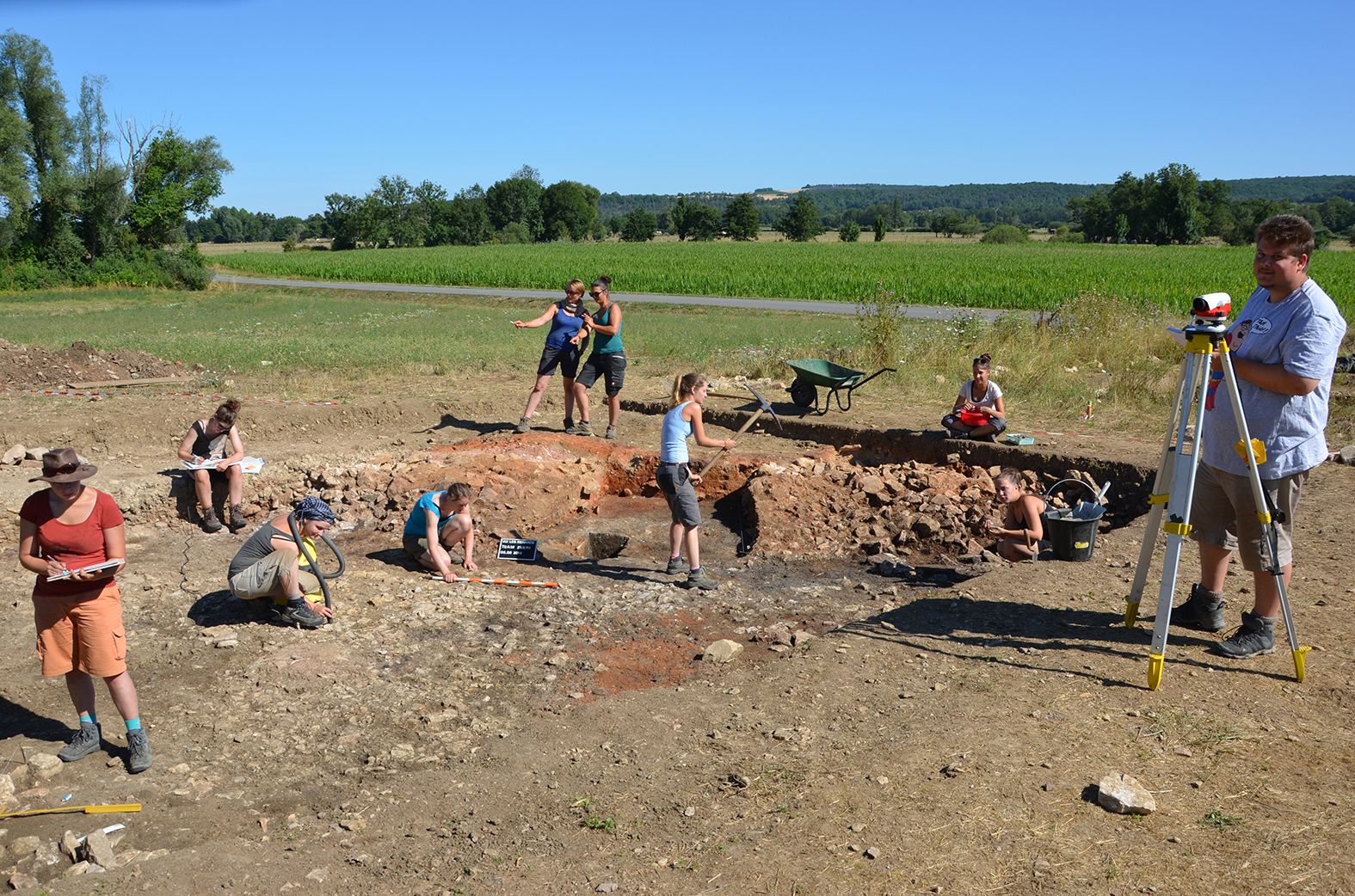The Emergence of Diversity in Intergroup Conflict Behaviour from a Behaviour Ecological Perspective
von Haydon, Evelyn
Abstract: In recent years, various disciplines have gained interest in the study of the emergence of violent intergroup conflict. Some aspects however remain poorly understood. One of these controversies concerns the relation between the ecological environment of a group and their conflict behaviour. Common theories relate warlike behaviour to shortage of resources or population density. Nevertheless, empirical data fail to correlate any one of these factors positively and unambiguously with the phenomenon of violent intergroup conflict. Hence by themselves, these elements are unable to provide sufficient explanation.
Part of the difficulties in understanding the emergence of violent intergroup conflicts is based on their great diversity. Focusing on variation in behaviour, behavioural ecology breaks down complex phenomena into few interrelated, testable variables. The approach can thus help unravelling this multilayered issue, complementing theories and ideas of the social sciences.
Scarcity of resources is of particular importance in regard to intergroup conflict when it occurs in con-text with high population density, resulting in resource competition. The group's subsistence strategy in turn has a strong influence on the kind and amount of resources required.
In order to explain the evolution of territoriality in birds, Brown (1964) identified defendability to be one of the key determinants. For territoriality to arise, it must be economically and physically feasible to actually defend the resource in question. This simple principle is also applicable to violent intergroup conflict. Only a resource that allows defence, or conquering, can become a target of conflict.
Defendability for one depends on the group itself. Besides its economical situation and the physical condition of its members, its composition and size relative to a potential opponent are pivotal. The second determinant lies with the type of the competed resource, defining whether and to what extent it is possible or even sensible to defend or conquer it.
Careful analysis and comparison of published empirical data from the fields of archaeology, ethnography and primatology form the basis to test this model.


